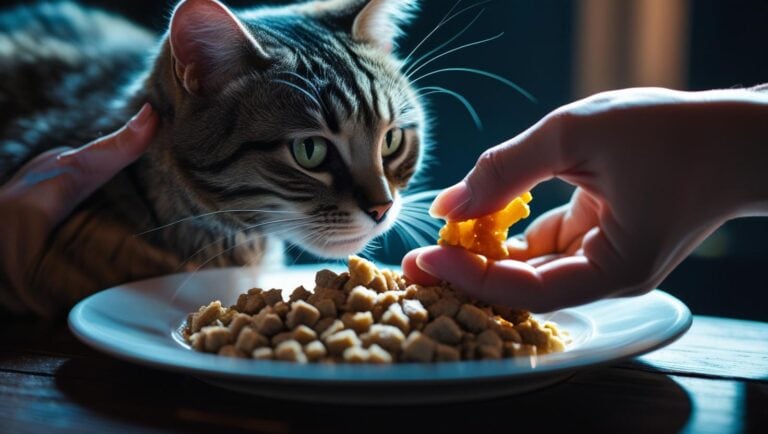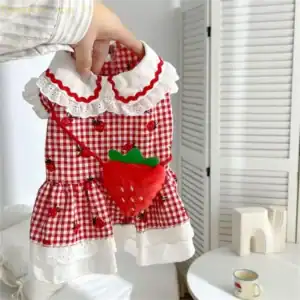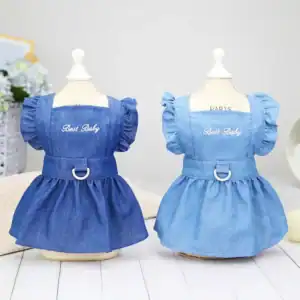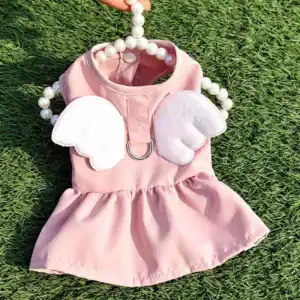Choosing what to feed your pet feels like solving a puzzle. Your furry friend deserves the best, but those premium bags with fancy labels can quickly push your budget over the edge. Pet owners want to choose high-quality pet food that supports their animal’s health, but price tags often get in the way.
The good news? You don’t have to empty your wallet to serve your dog or cat a nutritious meal. This article breaks down how to choose high-quality pet food while keeping costs manageable. You’ll learn which ingredients matter, how to make sense of labels, and how to spot real value at the checkout stand.
Understanding What Makes Pet Food High-Quality
Not all pet food is created equal. Some brands use marketing tactics to make their kibble appear healthier than it is. Others focus on what’s best for your pet’s nutrition, not just short-term profits.
Key Ingredients to Look For
Choosing high-quality pet food starts with understanding ingredients. Here’s what makes a difference:
- Named Protein Sources: Look for real meat like “chicken,” “beef,” or “salmon” at the top of the list. Avoid vague terms such as “meat meal.”
- Whole Grains and Sweet Potatoes: These provide lasting energy and fiber. Steer clear of foods heavy in fillers, such as corn or by-products.
- Healthy Fats: Ingredients such as salmon oil or chicken fat help your pet’s skin and coat appear healthy and shiny.
- No Artificial Additives: Skip artificial colors, flavors, and preservatives, which may upset your pet’s stomach.
A quality pet food should list these kinds of ingredients right at the top. If the list starts with corn or animal by-products, put the bag back on the shelf.
Interpreting Pet Food Labels and Claims
Every pet food bag claims to be the best choice for your pet. But what do words like “all-natural,” “grain-free,” or even “holistic” actually mean?
- Marketing Buzzwords: Some terms hold little weight. “Premium” or “gourmet” may sound good, but they don’t always reflect the quality of ingredients or nutrition.
- Ingredient List Order: Ingredients are listed in order of weight. Real meat, fish, or poultry should come first.
- Guaranteed Analysis: This is like a nutrition facts label for pets. It shows a minimum of protein and fat, and a maximum of fiber and moisture, but it doesn’t say much about ingredient quality.
- AAFCO Statement: The Association of American Feed Control Officials sets basic nutritional standards for pet food. Look for a statement that says, “Formulated to meet the nutritional levels established by the AAFCO Dog (or Cat) Food Nutrient Profiles.”
Label reading gets easier with practice. Focus on whole, recognizable ingredients and pay attention to the fine print.
Certifications and Standards You Can Trust
Some certifications signal extra steps brands take for safety or sustainability:
- AAFCO Approval: Basic level for complete and balanced nutrition.
- USDA Organic: Means the food uses organic ingredients and follows specific standards.
- Non-GMO Project Verified: Indicates ingredients aren’t genetically modified.
Don’t let a missing badge scare you off entirely, but recognized seals add confidence that you’re choosing responsibly made food for your pet.
How to Choose High-Quality Pet Food on a Budget
Premium pet food prices can sting, but clever shopping helps you get more value out of every dollar.
Comparing Brands and Finding Value
Not all expensive food is of high quality, and not all affordable food is of poor quality. Compare ingredient lists side by side, and don’t be afraid to switch brands if you find one that offers better nutrition at a lower price.
Tips for value shopping:
- Check Cost Per Pound: Bags may vary in size. Divide the price by the weight to see the real deal.
- Ignore Fancy Packaging: Simple labels sometimes hide better ingredients.
- Review Brands Online: Look for independent reviews and recall histories for extra peace of mind.
You can often find high-quality pet food from smaller or store brands that don’t spend as much on advertising.
Bulk, Subscription, and Store Brand Options
Smart shopping can save a bundle:
- Bulk Buying: Larger bags often cost less per pound. Just make sure you can store the food safely and keep it fresh.
- Subscription Discounts: Many retailers offer discounts if you subscribe to regular deliveries.
- Store Brands: Some grocery or pet store chains offer in-house pet food lines produced by reputable manufacturers. Study labels with the same care you would for big-name brands.
Buying in bulk or on a subscription is like stocking your pantry for winter. It saves you from last-minute runs to the store and reduces your bill.
Common Pitfalls and How to Avoid Them
Sticking to your budget doesn’t mean you have to compromise your pet’s health:
- Don’t Rely Only on Price: Cheap isn’t always a bargain if you’re getting fillers and low protein.
- Watch for Frequent Recalls: Brands with lots of recalls may cut safety corners.
- Sample First: Grab small bags or request samples if possible. Some pets won’t eat everything, even if it’s healthy and cheap.
- Check Expiry Dates: Don’t buy excess bulk if you can’t use it before it goes stale.
Stay alert for these traps so you can keep both your pet and wallet happy.
Conclusion
You don’t have to choose between nutrition and savings at mealtime. When you focus on simple protein sources, clear ingredient lists, and brands with solid reputations, you can select high-quality pet food without overspending. Small steps, such as comparing prices per pound or using subscription plans, can stretch your budget further. By reading labels and looking for genuine certifications, you can shop with confidence while giving your pet the healthy food they deserve.
Your loyal companion depends on you. With a bit of smart shopping, you can fill their bowl with both quality and value every day.












